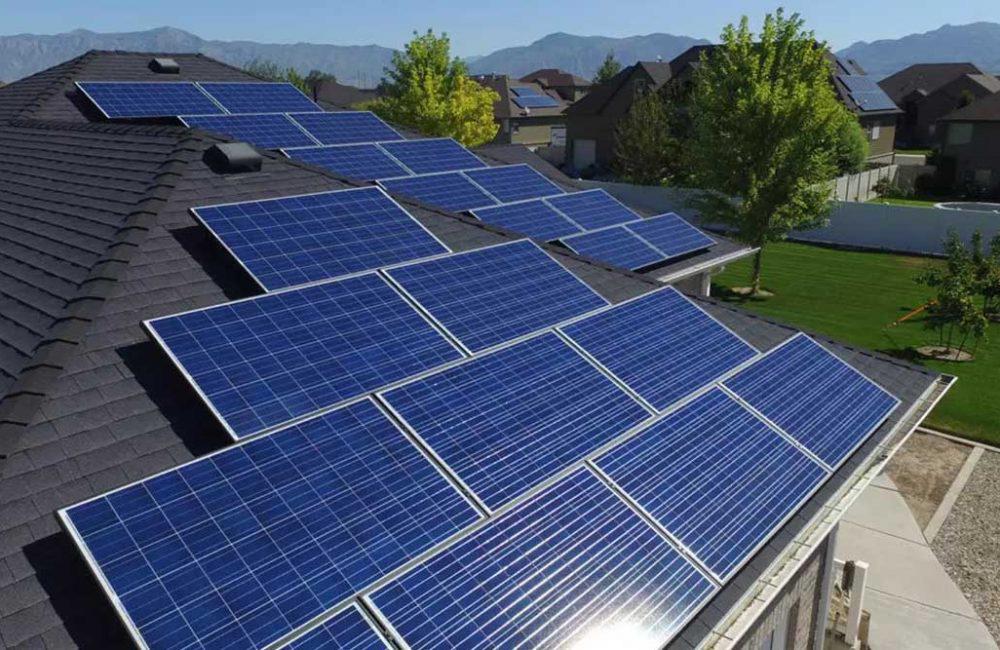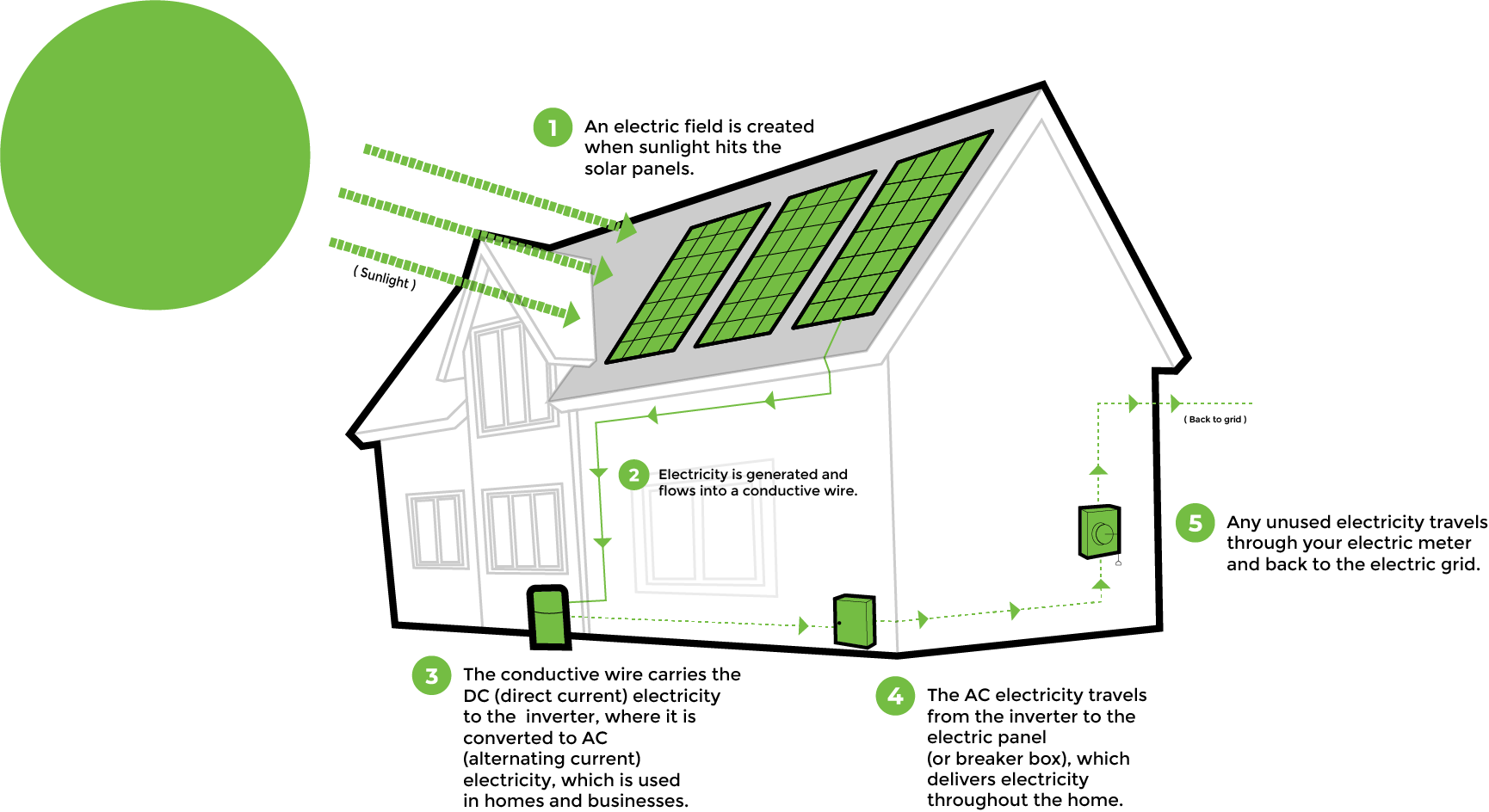
Solar modules, also known as solar panels, are made up of a solid layer of silicon cells, electrical wiring, a metal frame, and a glass casing to contain their complex structure. Silicon, the chemical element that composes the solar cells, is represented by the symbol Si and atomic number 14 of the periodic table right below carbon and above the tin, lead, and germanium. Silicon-based solar panels hold conductive properties that absorb photons from the sun and convert them into reusable electricity. The electrons in the silicon cell are set free from their atoms to respond to sunlight. The photovoltaic effect is then triggered, providing the electric current, which is the basis for your solar energy production.
After the solar panels capture the electrical charge from the sun, that energy needs to be harnessed and redirected to power your home effectively. You will then need an inverter to convert the direct current (DC) captured by the solar panels into alternating currents (AC). Ultimately, the inverter redirects the electricity supply to each outlet in your home, allowing the solar panels to effectively replace the utility grid as your primary, or even your sole, power generation source.
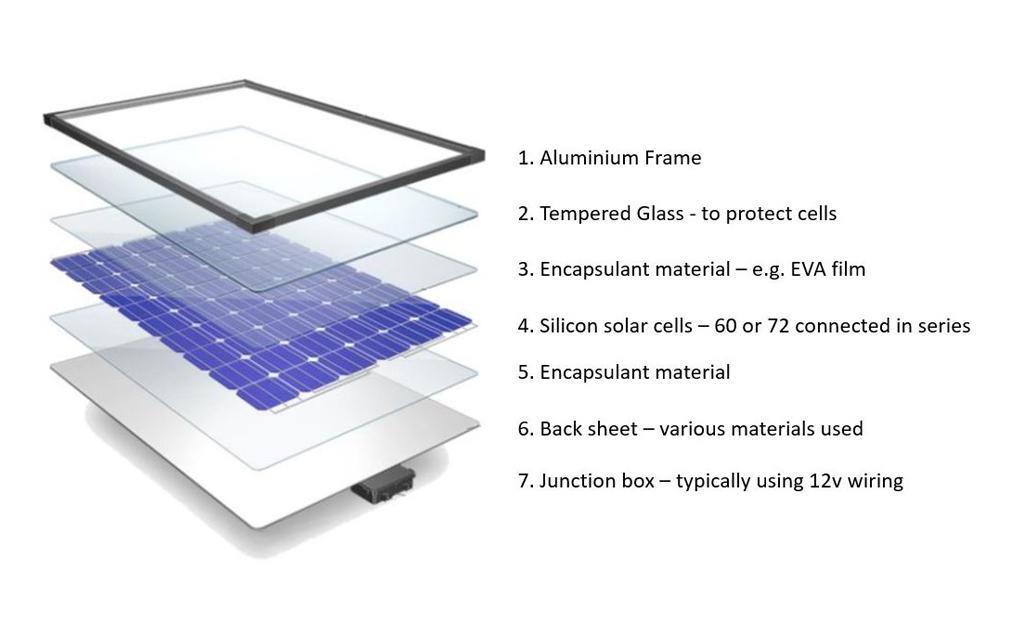
For most homeowners, the most practical location for a solar panel installation is your rooftop. The roof has the greatest sun exposure, the lowest labor cost, and doesn’t require taking up any additional land. Rooftop solar panel installations are efficient, convenient, and have a high return on investment. With this method, once solar panels are installed on your roof, we will simply connect your inverter to your service meter, and you will be on your way to energy independence.
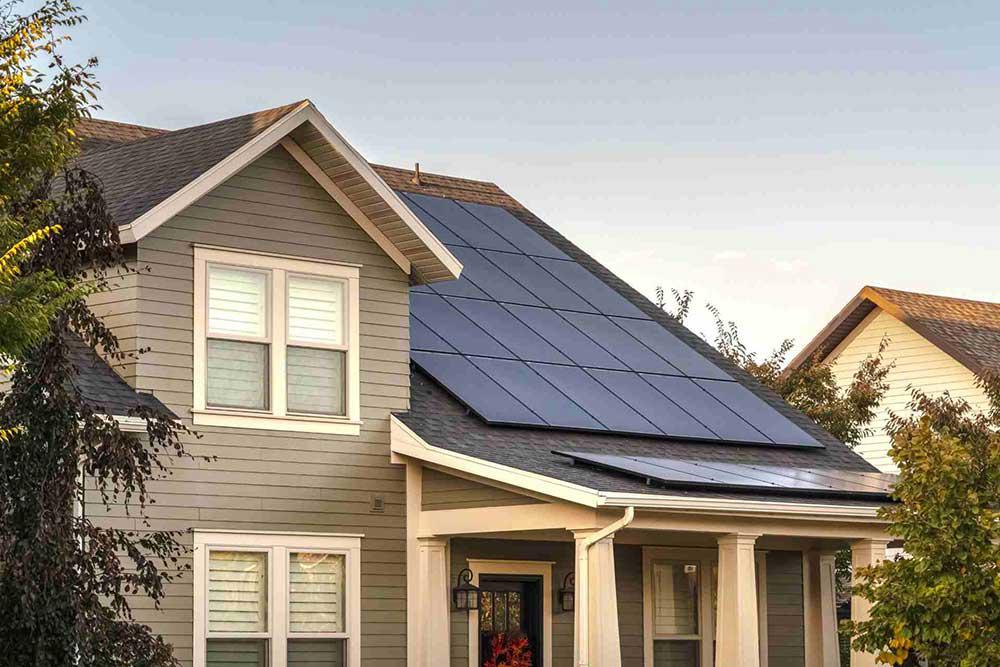
For some homeowners who prefer easier access to their solar panels and have extra land available, ground mounts installations make a very appealing alternative. Solar electric systems that are ground-mounted are easier to clean and rearrange, should you expect changes in your system requirements down the line. This is especially true if you plan to increase your energy consumption, as there may be more room on the ground to add extra solar panels.

It is typical for many homeowners who go solar, whether they have rooftop panels or a ground mount installation, to remain connected to the grid. There are some obvious advantages in doing so, as the utility company will be there to provide energy for any months that your system may happen to produce less electricity than you use. Also, most utility companies participate in net metering and/or net billing. With net metering, you can have your unused kWh roll over to the next month. With net billing, the utility company will pay you for any energy you do not use. This makes any system size advantageous as you never have to worry about losing electricity you do not end up using.
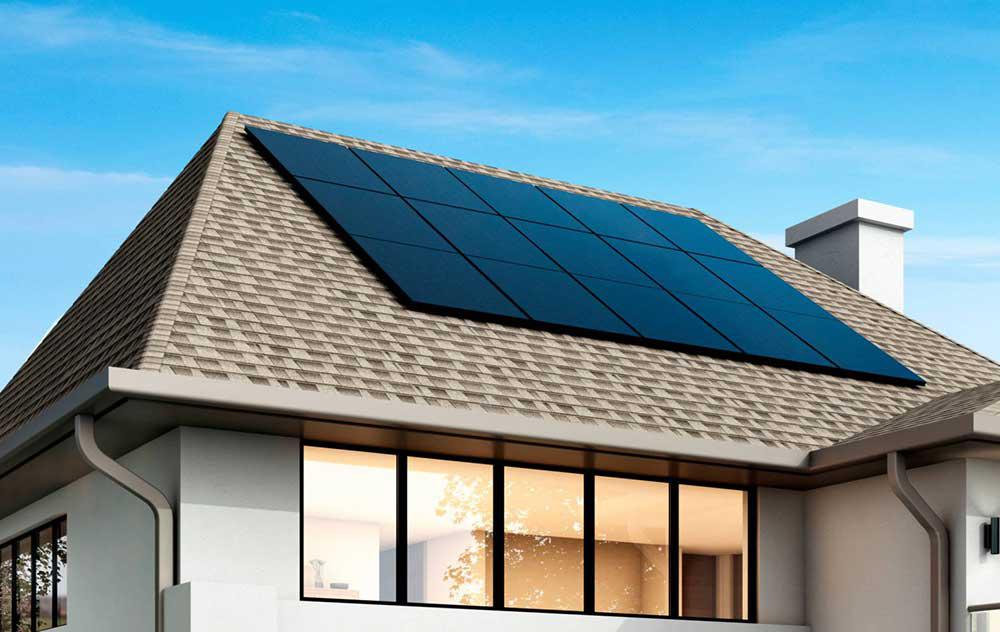
But for some, going solar is only half the fun. There are ways you can go completely off the grid and obtain absolute energy autonomy. One way is a battery backup system, which allows you to store excess energy much like the grid would, and it feeds it back to you when you wish to draw from it later. Power generators are another option. These devices work as a reinforcement for days you do not produce enough energy. Rather than store surplus electricity from your panels like batteries, they produce electricity as an alternate source. Your power generator will only be in use when you use more energy than your solar panels produce on any given day.
